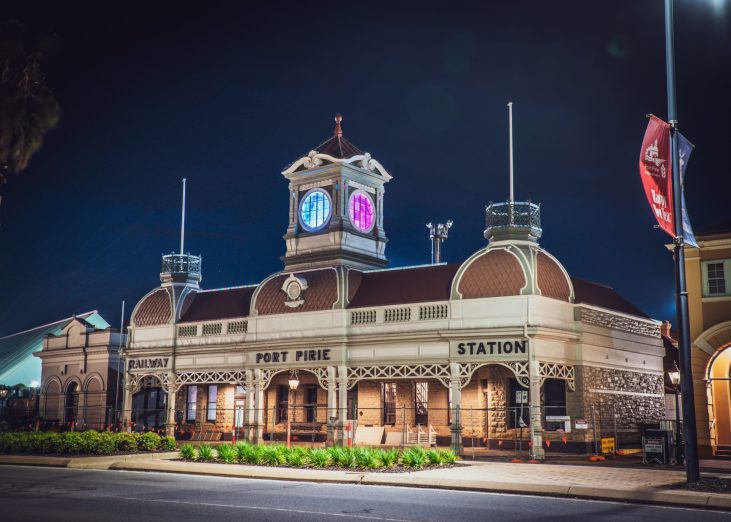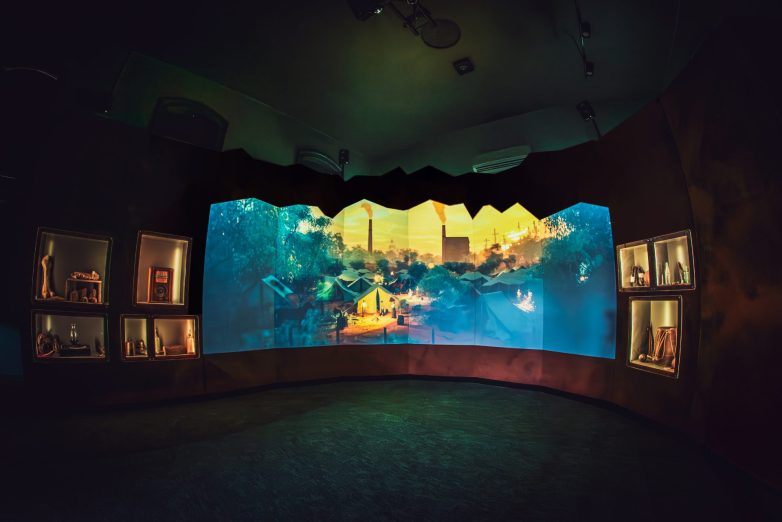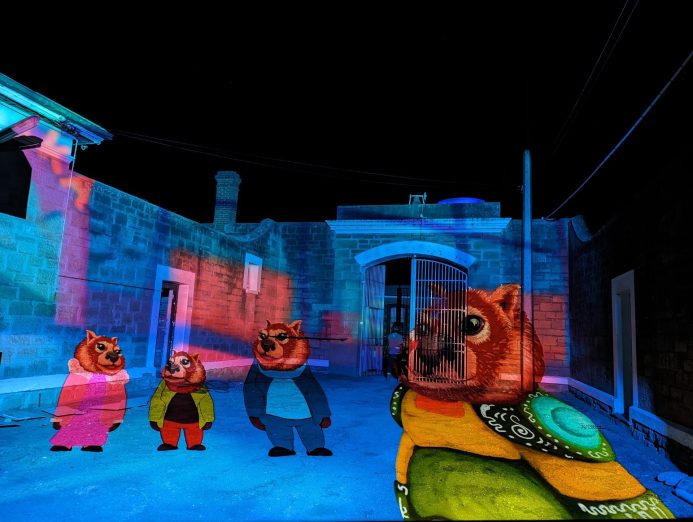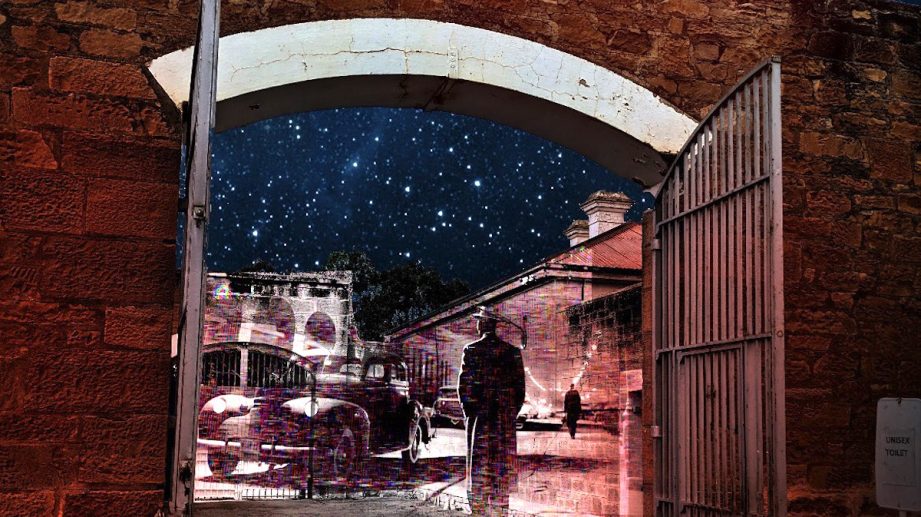Silver to Sea Way – Feature Article for Heritage Living
The Silver to Sea Way project has been a long and fascinating journey for the National Trust of South Australia from start to finish, being our biggest and most exciting heritage project in recent years. With the intent of establishing a touring route from Port Pirie to Silverton, the project was intended to revitalise new and existing physical and cultural infrastructure, as well as to invest in the regional economies and generate sustained benefits across five key council areas in South Australia and New South Wales. The key areas along this route include Port Pirie,
Crystal Brook, Gladstone, Caltowie, Jamestown, Yongala and Peterborough.
Traversing 450 kilometres, it follows one of the most historically significant transport routes in Australia – a railway line that, in its prime, was the busiest in the world and had more than 100 movements per day. It played an integral part in establishing BHP and shaping the towns along the railway route. Despite the passage of time and some environmental and economic setbacks, there is a proud and distinguished history in each of the townships and buildings and a strong living connection to the Indigenous heritage of five Aboriginal Nations. In fact, the very name of the town Silverton is inspired by a Ngadjuri dreaming story: that of an injured bronzewing pigeon who came to rest on a black rock at Broken Hill and whose coloured droppings represent the largest and richest deposits of silver, lead and zinc on the planet. This project and railway line is built specifically on both Nukunu and Ngadjuri Country land.
The first stage of the project began in December 2020, focussing on the route from Port Pirie to Peterborough and three major regeneration sites: Peterborough Roundhouse, Gladstone Gaol and the former Port Pirie Railway Station and Customs House.
The town of Peterborough played a pivotal role in developing the Australian railway network and employing up to 1500 workers, with the Engine Roundhouse being unique in its inclusion of a three-gauge turntable rarely seen in Australia. Designed and built in 1924, it contains columns of jarrah and a roof structure composed of Oregon pine, some of which is still in place and the rest of which our Mount Gambier branch was able to replace with donated timbers for repairs. The asbestos roofing components were replaced by galvanised steel to meet previous standards. The Roundhouse also forms the backdrop to the award-winning Steamtown Sound and Light Show, a unique and one-of-a-kind experience in South Australia.
The Gladstone Gaol, built between 1879 and 1881, previously used as a prison, internment camp and military barracks before closing, has since been a tourist attraction from 1978 onwards.
Previously known as a “historical gem” situated in Port Pirie, the restoration of the Port Pirie Railway Station and Customs house was a highly anticipated conservation work to say the least. Everyone involved was dedicated to the restoration of the ‘Turn of the Century’ building to a modern replica of its former glory, with the iconic stonework and metalwork-clad roofing and veranda being carefully replaced and repaired over the past several months. A historic and iconic piece of Australian built heritage, it serves as a reminder of the era where Port Pirie gained both national and international recognition as a significant port. The Station itself stands out as being unique even of its time, with innovative architecture for a Turn of the Century building first established in 1902.
Both the Railway Station and Customs House received a fresh coat of paint and a fantastic new addition in the form of an immersive historical experience curated by Illuminart: this audio and visual wonder narrates fascinating stories about the history of Port Pirie in a vivid and unorthodox manner that appeals to people of all ages. Special thanks must be given to South Australian digital creatives Kim Mavromatis from Mav Media and Cindi Drennan from Illuminart for helping bring this interactive marvel to life.
Everyone here at the National Trust State Office is grateful to have had former CEO Stuart McNab and former Built Heritage Manager James Guy to have worked on this monumentous state project. Paul Leadbeter, standing President of the National Trust of South Australia said ‘The Silver to Sea Way project celebrates the significant role the railway line and its associated communities played in the development of the state of South Australia. The project has been a catalyst for regeneration of historic sites, fostering economic activity and future opportunities as well as promoting community well-being. The National Trust extends gratitude to all involved in the project which offers a new and innovative way to experience another aspect of the State’s unique heritage’.
Special thanks must also be given to all members of the branches located along and around the old railway line, with whose help this project has truly been able to come to fruition.








